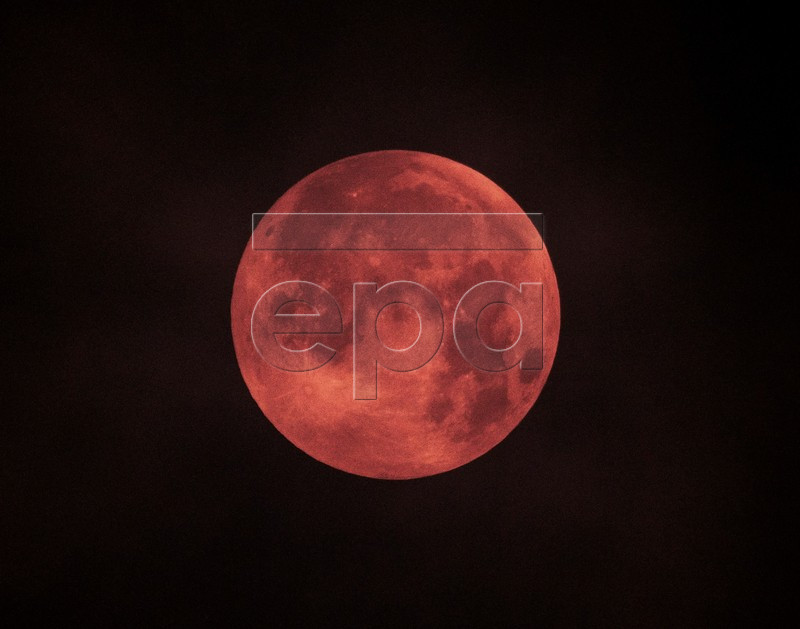Don't Miss
- Laver Cup Pays Tribute to Retiring Rafael Nadal
- Swiss Indoors Basel Draws and Schedule for Friday, October 25, 2024
- Ricky’s picks for Friday in Basel, involving Rublev and Tsitsipas
- Maria Sharapova and Bryan Brothers to be Inducted into the International Tennis Hall of Fame in 2025
- Swiss Indoors Basel Draws and Schedule for Thursday, October 24, 2024
- Aussie Tennis hits 1 Million Hours of Court Time
- Taylor Fritz to Play for History at 2025 Delray Beach Open
- USTA Announces Reorganization, Martin Blackman Out
- Ricky’s picks for Wednesday in Vienna, including Berrettini vs. Tiafoe
- Swiss Indoors Basel Draws and Schedule for Wednesday, October 23, 2024
- Tennis News: Iga Swiatek to Play for Poland in Billie Jean King Cup
- Swiss Indoors Basel Draws and Schedule for Tuesday, October 22, 2024
- Tennis News: United Cup 2025 to Host Blockbuster Draw
- Paul improves Nitto ATP Finals standing with Stockholm title
- “Amazing” Djokovic vs. Nadal rivalry comes to an end at Six Kings Slam
10sBalls Tennis Shares EPA Photos From The Eclipse
- Updated: January 21, 2019

View of the ‘super blood moon’ seen from Mallorca, Spain, early 21 January 2019. The entire eclipse was visible from North and South America, as well as parts of western Europe and north Africa. The phenomenon was referred to by some as a ‘super blood wolf moon’ being a combination of a ‘blood moon’ as, during the eclipse, only the sun rays refracted by the earth atmosphere are reflected from the moon surface and give it a reddish color, a ‘supermoon’ given the large apparent size of the moon due to its relative proximity to earth and finally a ‘wolf moon’, the name often given to the full moon in January. EPA-EFE/CATI CLADERA
The moon fully shadowed by the Earth is seen above the castle of Salgo during a total lunar eclipse near Salgotarjan, some 109km northeast of Budapest, Hungary, 21 January 2019. The entire eclipse was visible from North and South America, as well as parts of western Europe and north Africa. The phenomenon was referred to by some as a ‘super blood wolf moon’ being a combination of a ‘blood moon’ as, during the eclipse, only the sun rays refracted by the earth atmosphere are reflected from the moon surface and give it a reddish color, a ‘supermoon’ given the large apparent size of the moon due to its relative proximity to earth and finally a ‘wolf moon’, the name often given to the full moon in January. EPA-EFE/PETER KOMKA
A view of the so-called blood moon next to the mine winding tower of Ewald colliery during the first total lunar eclipse of the year in Herten, Germany, 21 January 2019. The entire eclipse is visible from North and South America, as well as parts of western Europe and north Africa. EPA-EFE/FRIEDEMANN VOGEL
The so-called ‘Super Blood Wolf Moon’ is seen over city center in Prague, Czech Republic, 21 January 2019. The entire lunar eclipse was visible from North and South America, as well as parts of western Europe and north Africa. EPA-EFE/MARTIN DIVISEK
A view of the lunar eclipse pictured in Jubilee Park, in Brussels, Belgium, 21 January 2019. The entire eclipse was visible from North and South America, as well as parts of western Europe and north Africa. The phenomenon was referred to by some as a ‘super blood wolf moon’ being a combination of a ‘blood moon’ as, during the eclipse, only the sun rays refracted by the earth atmosphere are reflected from the moon surface and give it a reddish color, a ‘supermoon’ given the large apparent size of the moon due to its relative proximity to earth and finally a ‘wolf moon’, the name often given to the full moon in January. EPA-EFE/OLIVIER HOSLET











